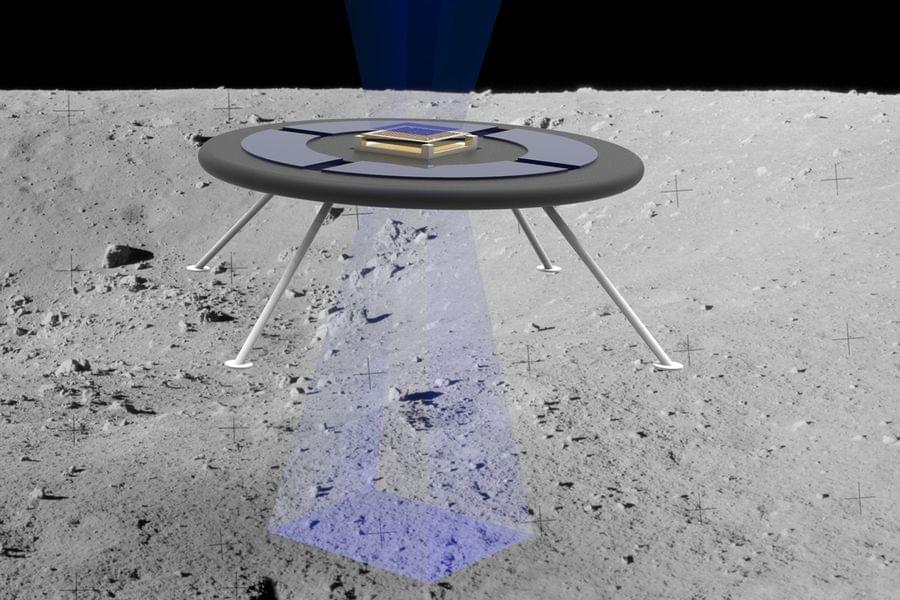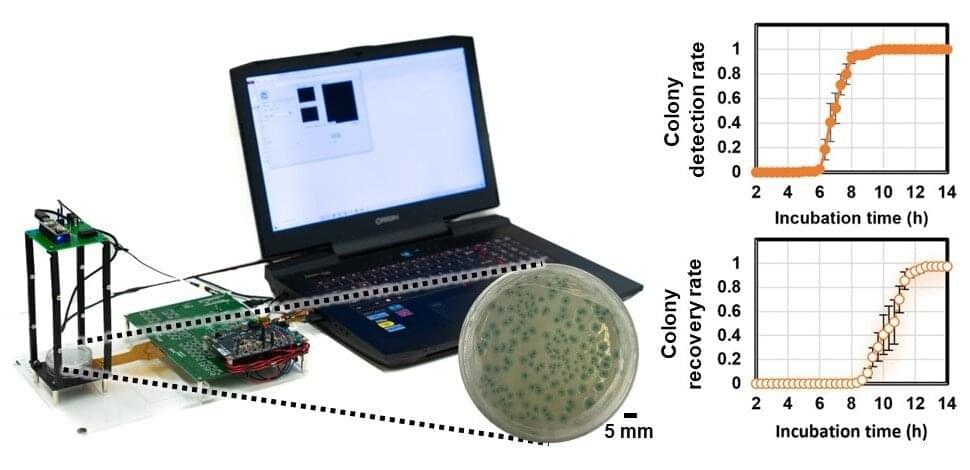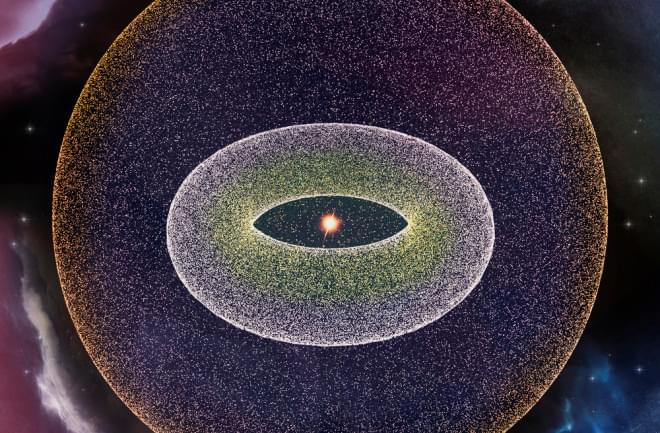Jul 17, 2022
The most dangerous keylogger malware of 2022: Snake Keylogger
Posted by Saúl Morales Rodriguéz in categories: cybercrime/malcode, encryption, finance
Check Point Research, the Threat Intelligence division of the company, a leading global cybersecurity specialist provider, has released its Global Threat Index for the month of June 2022. Researchers have found that Emotet continues to be the number one malware and has also increased its global incidence by around 6%. Continuing with its climb of the last month, Snake Keylogger sneaks into the top three positions, taking the Formbook position, both still far from Emotet.
Emotet, has affected 14% of organizations around the world in June, an increase that is almost double compared to the previous month. This malware is highly profitable thanks to its ability to go unnoticed. Its persistence also makes it difficult to remove once a device is infected, making it the perfect tool in a cybercriminal’s arsenal. Conceived as a banking Trojan, it is often distributed via phishing emails and has the ability to embed other malware, increasing its ability to cause widespread damage.
Continue reading “The most dangerous keylogger malware of 2022: Snake Keylogger” »


















